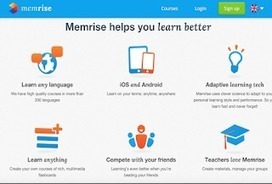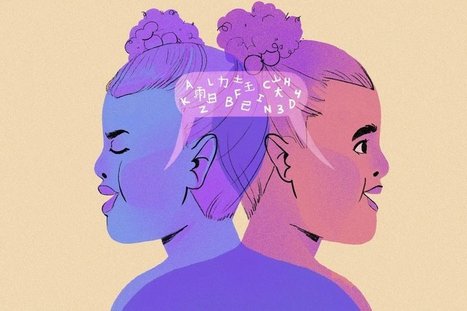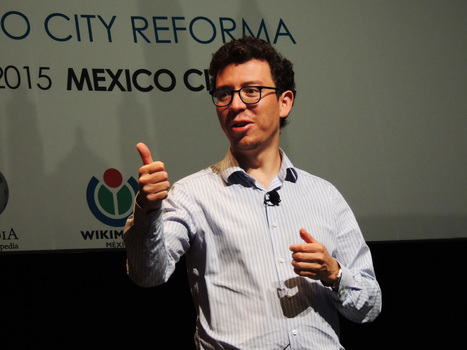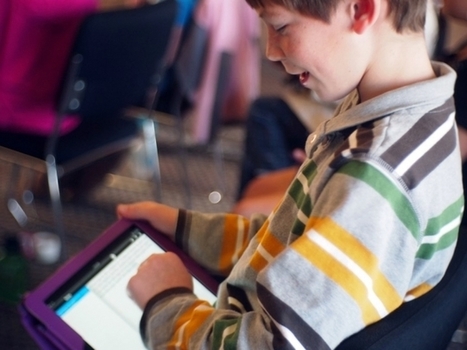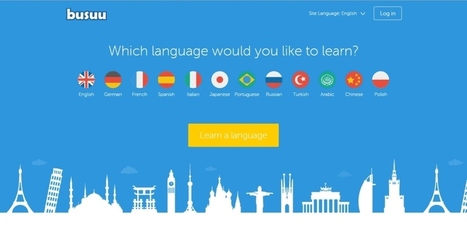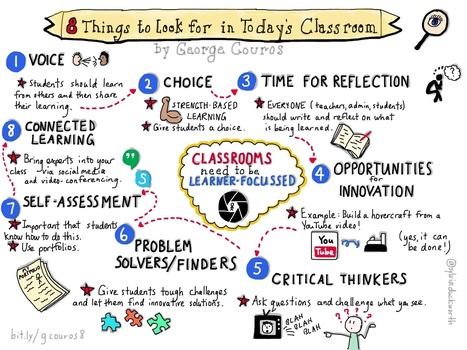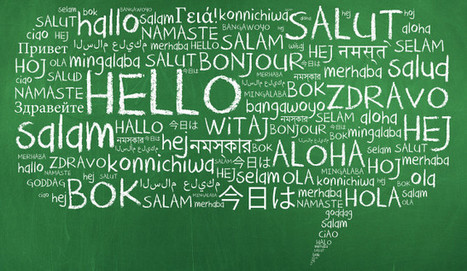Free resource of educational web tools, 21st century skills, tips and tutorials on how teachers and students integrate technology into education
Follow, research and publish the best content
Get Started for FREE
Sign up with Facebook Sign up with X
I don't have a Facebook or a X account
Already have an account: Login
Teaching and learning in the 21st Century - meeting the pedagogical challenges of digital learning and innovation for the iGeneration
Curated by
Tom D'Amico (@TDOttawa)
 Your new post is loading... Your new post is loading...
 Your new post is loading... Your new post is loading...

Alejandra Lopez's curator insight,
February 7, 2019 3:06 PM
"bilingualism is an experience that shapes our brain for a lifetime''. This quote definitely describes what bilingualism means for me, we are constantly stuying and practicing because this process never ends. Also, this article describes a dual- lingual education where both native and second language learners are exposed to subject content to acquire the language. This is definitely my favorite method to teach and acquire a second language inasmuch as while we are learning the language components implicitely, we are receiving a meaningful input which is the content. This increases students' motivation as the topics are of their interests and likes.
Camilo Gonzalez Echeverry's curator insight,
February 21, 2020 11:00 AM
An interesting article that does a good job at selling bilingualism to the public. Not only does it mention the advantages that any bilingual user can acknowledge, but also provides interesting information regarding the history of bilingual education and modern challenges.

Angélica López's curator insight,
February 21, 2020 11:33 AM
More people of all ages and backgrounds are learning languages today. In fact more than half of the world’s population is bilingual or multilingual because of their families, their nationalities, their likes, their jobs, and much more reasons. Being a bilingual person provides brain potential benefits that help us to improve our congitive and social skills. One of them is the attention since people make their brain process the information in different language; they are attentive at what they are saying. The emphaty is other aspect developed since people look to interact with others who has knowledge about their second language in order to improve it through the social aspect; taking into account this, diversity and integration are developed at the same time. If people learn another language, they going to be constantly searching information which means that their reading skill is going to improve, as well as their school performance and engagement. Their brain is going to be protected against cognitive decline and dementia. Being bilingual and/or multilingual is healthy for your brain.

Calliope Global Fran's curator insight,
November 28, 2015 9:08 PM
There are so many more amazing apps to add to this list: Chatterpix, Padlet, Nearpod, Periscope, Thinglink, Kahoot!, Duolingo, and more. I would also use a couple different apps instead of the ones listed: Schoology instead of Edmodo, Notability instead of Evernote, etc. To read more about creativity and productivity in the WL classroom, please read my blog at http://hablamostechnology.blogspot.com |

Sara McGuire's curator insight,
March 13, 2017 10:17 AM
These five applications are an easy way to spread foreign languages. This causes a diffusion which will make the language more popular and make it less possible for the language to become extinct.
Tori Sloan's curator insight,
March 13, 2017 12:57 PM
This article connects to what we're talking about in class by showing how people can learn different languages and how easy it is for people to learn them. My opinion on this is that these apps offer many opportunities to all different kinds of people.

Andre Piazza's curator insight,
November 21, 2015 10:36 PM
Give me a shout in case you speak multiple languages |




